Bringing Colour and Life to Black and White Photos
Machine learning allows us to colourise black and white photos with ease, but at what risk?
A Different Universe
Although colourised photos have technically existed for a century or more (Sergey Prokudin-Gorsky and Piotr Vedenisov, pioneers of colour photography, traveled around Imperial Russia documenting it in full colour), the majority of the 20th century was documented in black and white. Even later in the century, much of the world did not have the luxury of colour film- my father was developing his own black and white photos into the 1980s-90s in Soviet Ukraine, and while Americans recorded full colour footage of the Vietnam War, the North’s perspective seems to be relegated to black and white photography.

Young boy near the Sim River, a very early colour photograph from Imperial Russia. This was achieved by taking multiple pictures of the same scene with different colour filters. Courtesy of the Library of Congress.
Some will argue that black and white footage has its own special quality, and this may be true. But for me black and white footage disconnects me from the scene. It is clearly distant in time. We all associate black and white footage with the past, as the trope of black and white footage in cinematagrophy to refer to a memory shows. And as someone who experiences reality in full colour, black and white footage is difficult to experience. I struggle to put myself into the scene or the characters’ shoes, because in my mind it exists in a different, black and white universe. And yet when that footage is colourized, all of sudden everything appears more real, more believable, more tangible. It is then clear that whatever is depicted in the footage is of the same Earth and of the same people, people like you or me.
And so when my father recently began digitizing our collection of family photos - as physical photos deteriorate, or are otherwise at risk of being lost forever, along with the histories, memories, and legacies preserved by them - I felt an urge to colourise them, too - so that I could experience them to a fuller extent, and so that my family members could reminisce about their loved ones who are no longer around or remember the memories of their past and their youth.
Colorizing Photos With AI
Color restoration can be done manually and laboriously. Machine learned models offer a quick and inexpensive way to colourize photos, but they have their limitations, as we will discuss later in this post. I did not train my own model for this purpose. Others have already invested thousands of hours into developing and training models to do exactly that. I found an existing model that does a very good job.
I used the Image Colorization API from DeepAi. The production model deployed by DeepAi appears to be a form of the DeOldify model, which can be found at this github repo.
I don’t think the DeepAi API allows you to adjust the model parameters, but you can if you run it yourself from the repo above or a colab instance. MyHeritage also offers this API as a service with tunable parameters.
What I did was create a quick script that enables bulk colorization of directories. It iterates over all the photos in a directory, sends them off to Image Colorization API from DeepAi, and downloads the result into a separate folder (ignoring images that have already been colourised). If that would be useful to you, just set your own DeepAi API key as an environment variable and run this script:
export DL_API_KEY=<your-deep-ai-key>
python3 main.py /path/to/images
My Family Photos
Here are some examples of the results on our family photos.
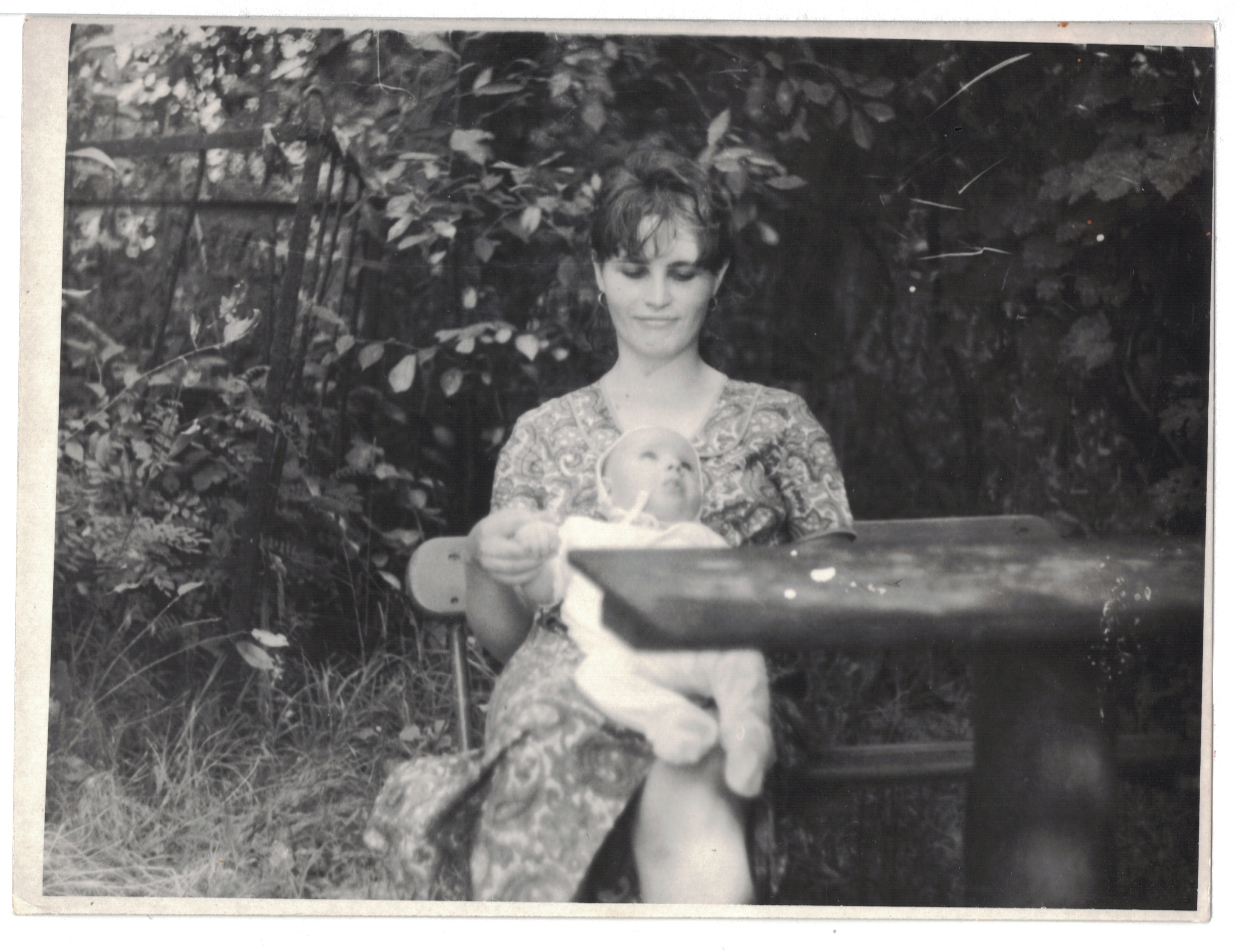
My mother holding my brother in early '90s Kherson, Ukraine. Courtesy of the Kuznetsov family.
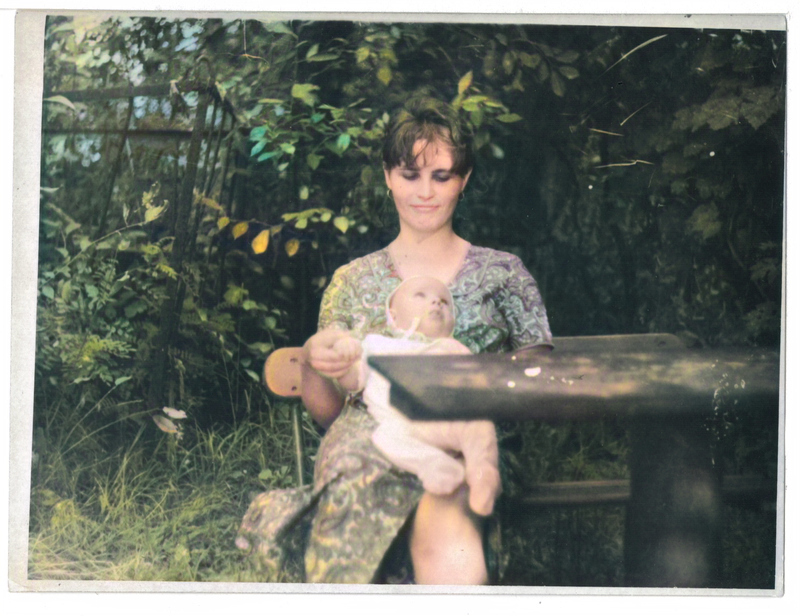
Now in colour.
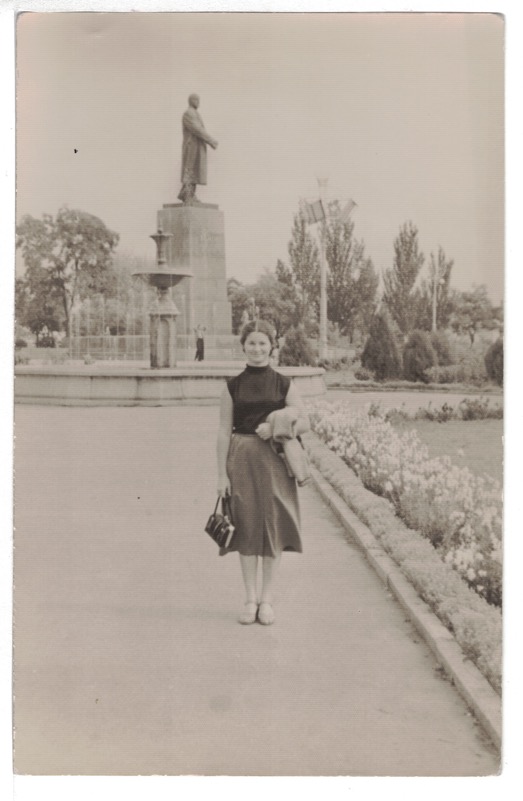
My grandmother, Allarkadina, likely sometime in the '50s, on her way to university. She graduated from multiple institutes, specializing in electrical engineering, and had a successful career as a marine electrical engineer.
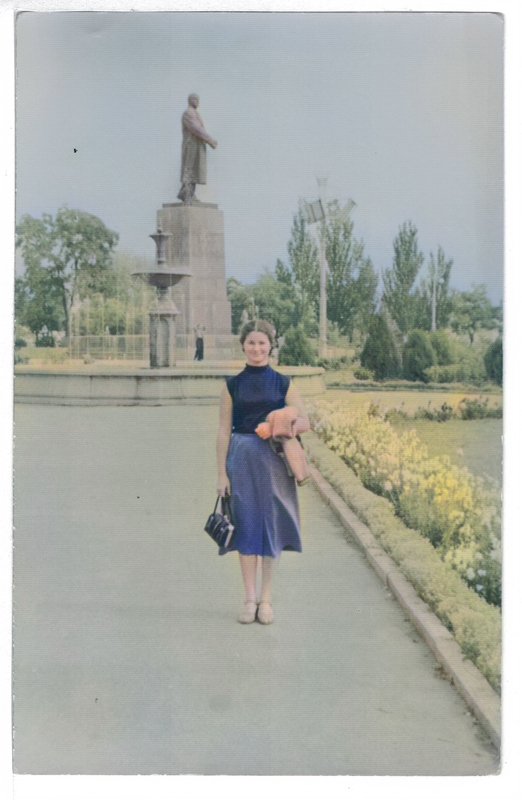
In colour.
Looks so nice and alive.
Those words from my father upon seeing the newly coloured photos made it all worth it.
Photos From the Vietnam War
A couple weeks after preparing a bulk colourising script for my family photos, a post titled “The Vietnam War from the North Vietnamese Side” made it to the top of Hacker News. It seemed like a perfect opportunity to apply the script, and offer a new perspective on historical footage. Just as “They Shall Not Grow Old” made the horrors of WW1 living and real, so did I aim to make the characters and scenes from the perspective of North Vietnam.
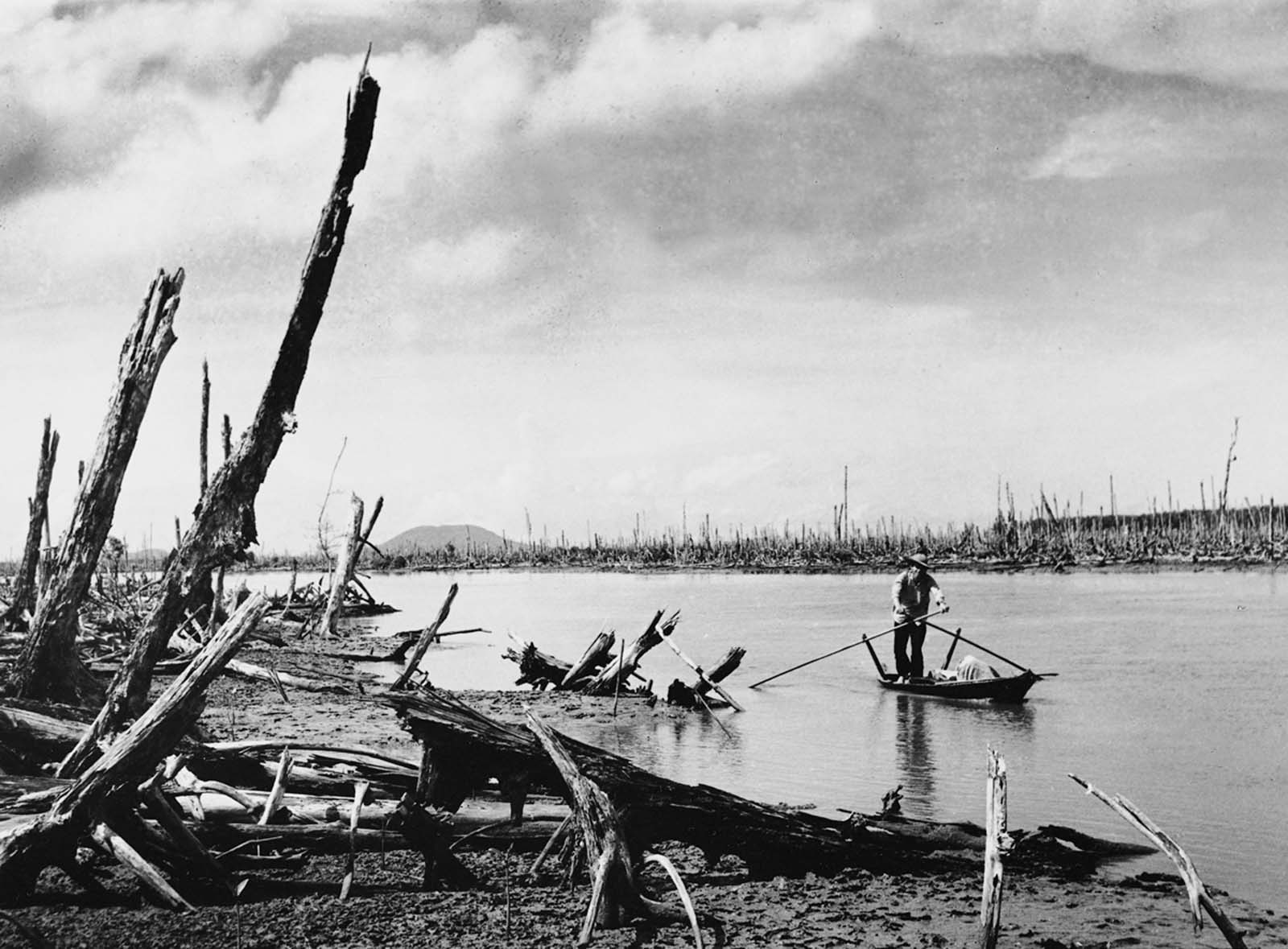
Destruction of the jungle wrought by Agent Orange.
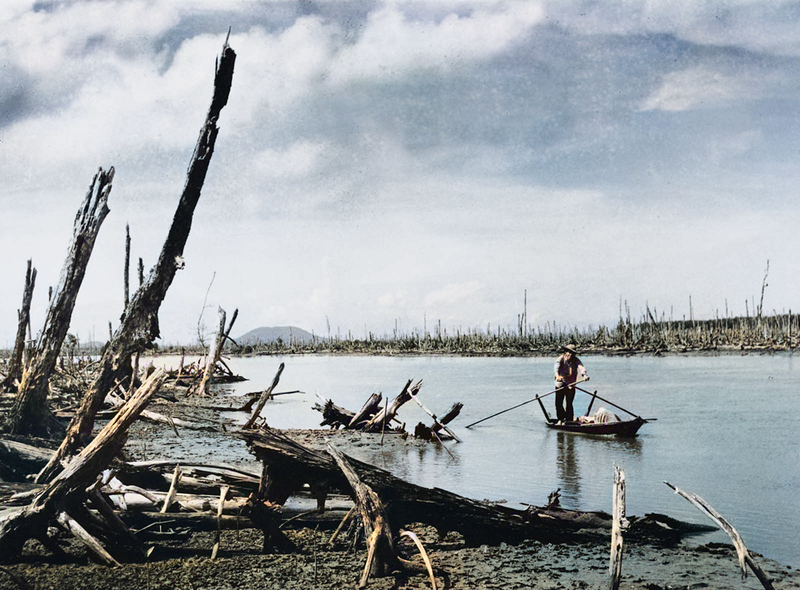
In colour.
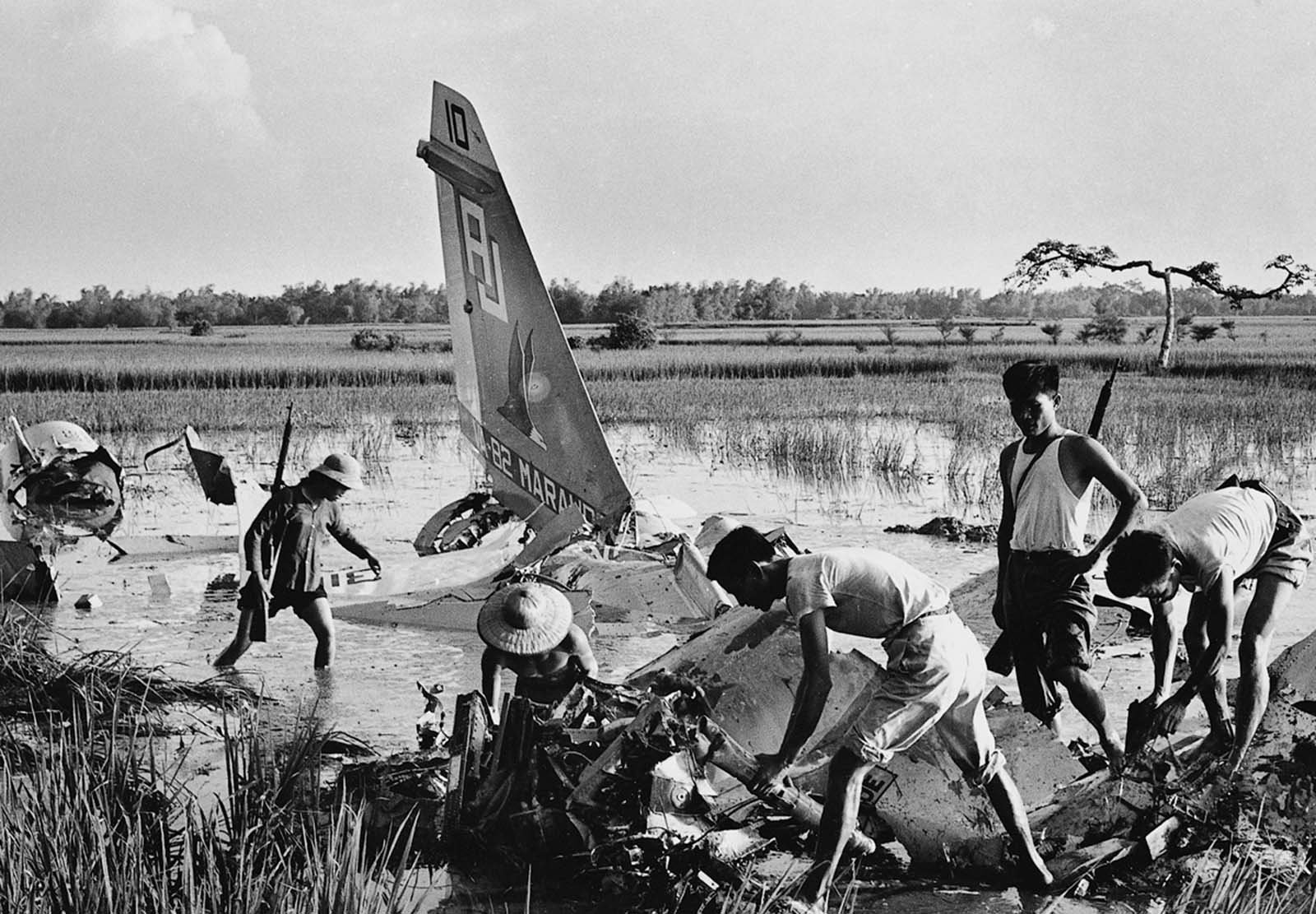
Locals inspecting a downed American aircraft piloted by Lt. Stephen Owen Musselman. The pilot did not survive- war is hell.
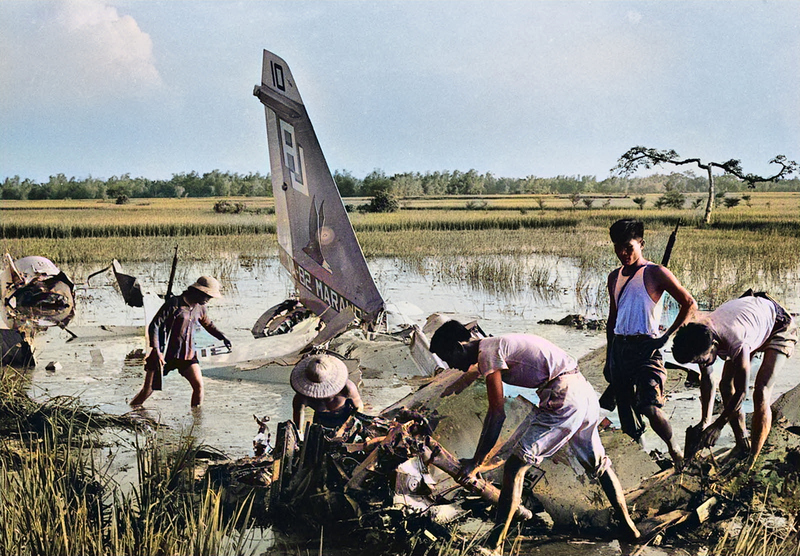
In colour.
All the original black and white images can be found here, with the colourised versions here.
Response on Hacker News
My efforts were met with both praise

and contempt

Too bad about the [flagged] comment, because it raised an interesting point. The comment read something like 'Please don't do this.'
but most importantly, they generated a lot of very interesting discussions.

The full thread spurred by the colourised photos can be found here.
Limitations
There were two aspects of the discussion that stood out to me. First, was the reminder of the limitations of AI.
For example, the model invoked on an old image of the Golden Gate under construction produces a white bridge. It’s not wholly inaccurate, to be fair- the bridge was indeed white early in its construction, but by the time the picture was taken, the bridge had already been covered in red primer (according to the source at the DeOldify repository). So while the training data probably did contain the Golden Gate under construction, and the model could identify the same bridge under construction here, it could not discern the date and know that the bridge had already been primed with red at this point.

A white Golden Gate? It was white- but not when this picture was taken.
Some scenes are ambiguous. For example, based on the features in the following, the model cannot differentiate between the ground being field or asphalt, and incorrectly colours the asphalt green, where a human colouriser may get it right.

The model can't tell that the ground is asphalt and not grass.
Another interesting observation was that clothes seemed to often lack distinctive hues, textures, features, or context that made them accurately colourisable. The model tended to colour clothes purple - unless they had distinctive features or context. This is probably because when the model cannot make a good inference about the colour of the clothes, purple is a conservative bet, somewhere in the middle of the ambiguous colour space, that minimizes the training loss.
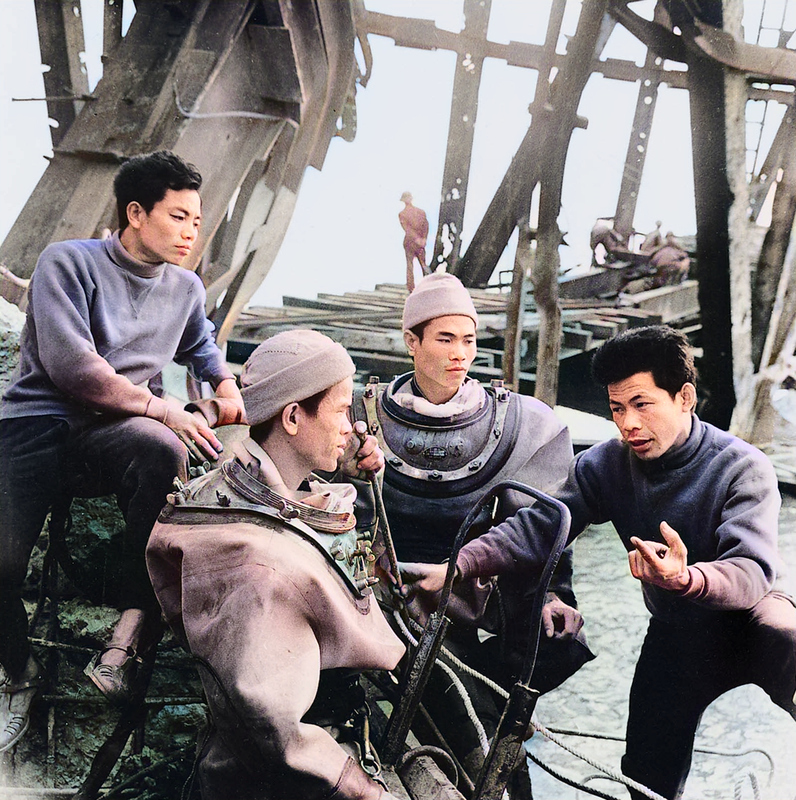
I don't think clothes in the past were as often as purple as this model makes it out to be.
Indeed, my father requested to correct the colour of some of the articles in the photos. Unfortunately I did not pursue this request, nor is it immediately obvious to me how I could. But as one commenter remarked, even when the colours are wrong, they still bring the images to life.
Ethical Considerations
Now that some of the limitations are clear, we are in a good position to consider the ethical ramifications of a colourising AI. This is was the second aspect of discussion that stood out to me. Ethics did not occur to me when I undertook the project, but some of the feedback I received spurred me to reflect, and for that I am thankful.
The main ethical consideration is truth. Similar to the controversy around deepfakes confusing us to what is true, artificial coloration can alter our experience of history. The AI makes choices about the colours of the past, which are not necessarily accurate. For example, if we keep and disseminate the white version of the Golden Gate, produced by such an AI, then the version of the bridge that is experienced by viewers is not historically accurate. Of course, neither is the black and white version. Perhaps the trouble is that viewers of the black and white image know that’s not what that past looked like, but viewers of the coloured image are easily tricked into believing that is history as it was.
Some may go as far as to say such retouching is rewriting of history, and indeed, sometimes it appears so. Take this recent example:
Cambodia has called on US media group Vice to withdraw an article that featured newly-colourised photographs of victims of the Khmer Rouge, saying the images are an insult to the dead because some had been altered to add smiles.
Which is a very valid complaint. It appears the model was over-fit, likely trained on mostly smiling faces. It thus altered the faces of the victims to more closely resemble the training data- by smiling. It is a good example of the pitfalls of AI, especially where applied carelessly.
MyHeritage, which offers a color restoration service based on the same DeOldify model I have used, attempts to make a compromise by watermarking all their retouched images. I think they make a compelling point:
We differentiate colorized photos from those photographed originally in color using a special embossed palette symbol in the bottom left corner of colorized photos. While highly realistic, colorized photos have colors that are simulated by automatic algorithms and these colors may not be identical to the real-life colors of the original image. The palette icon appears on all colorized photos so that users can tell them apart from photos that have real colors. We hope that this responsible practice will be adopted by others who use photo colorization technology. Photos that have undergone color restoration do not have an icon because those colors are authentic.
In my case, my family knew that I had artificially colourised our photos, and they could tell the colours were not wholly accurate. But even with the wrong colours, the photos, and people and scenes within them, were brought back to life. Just as when I was a high-school volunteer in a retirement home, and I was able to transport a senior resident to his childhood home in Dresden via Google Streetview, which he had not visited in 50 years, I was able to use AI to teleport our family to good times decades in the past. Technology is a tool, and I’m thankful I live in an age where magic like this is possible.